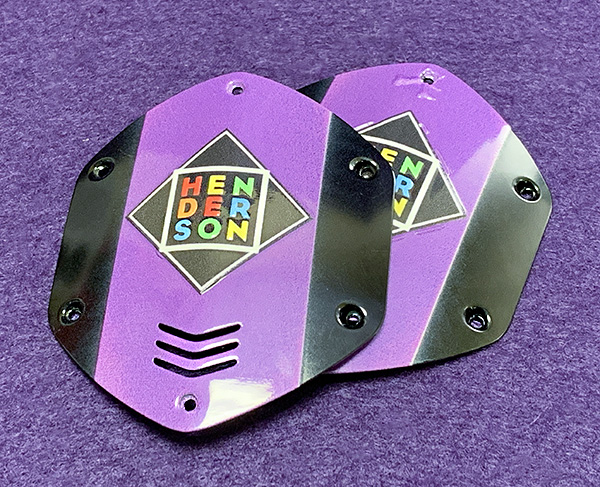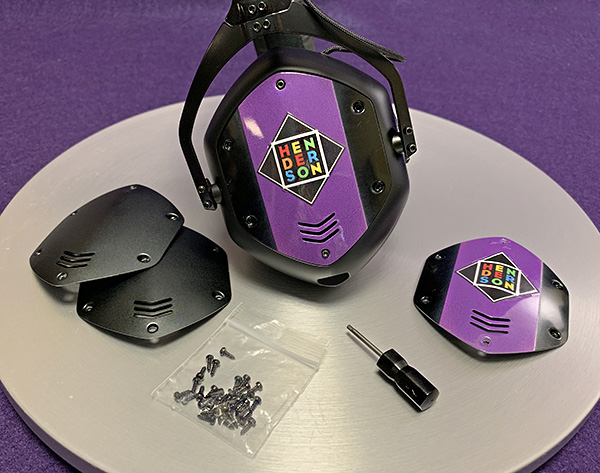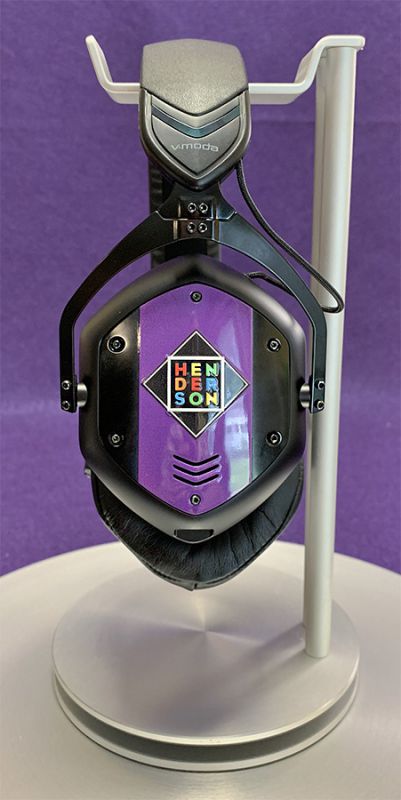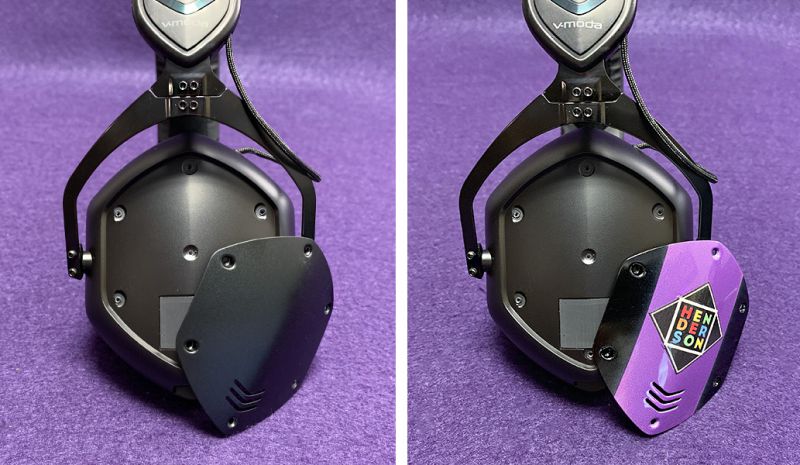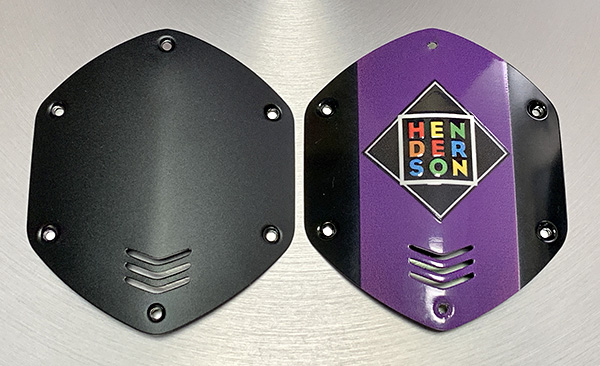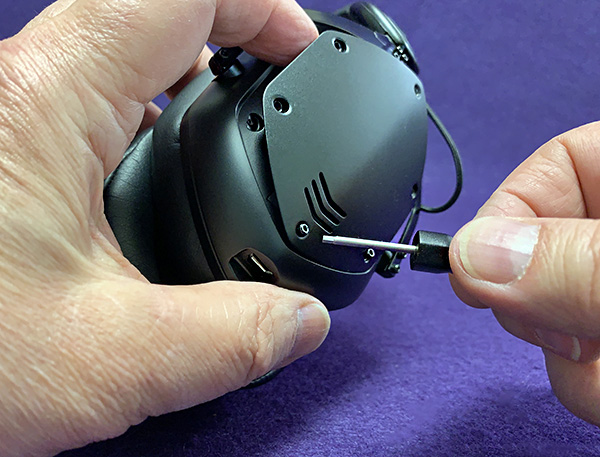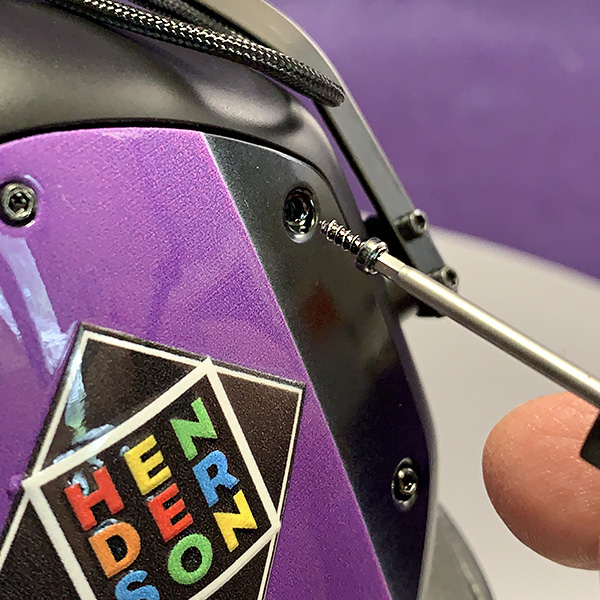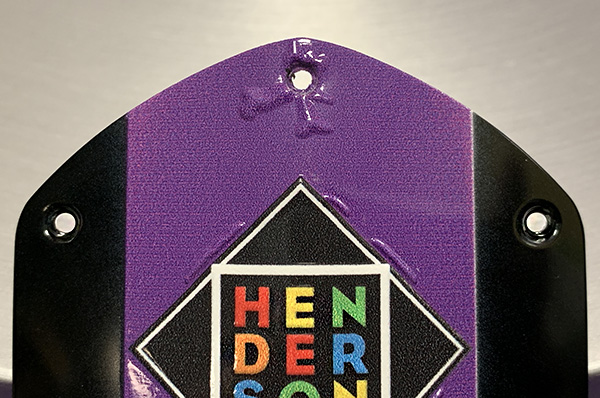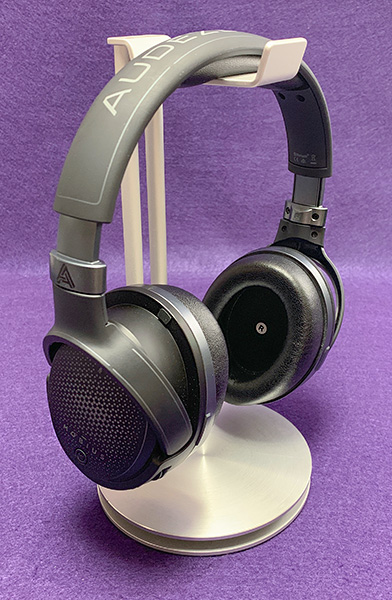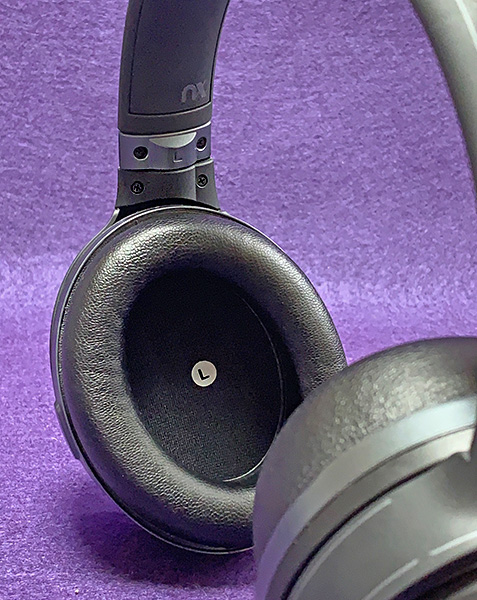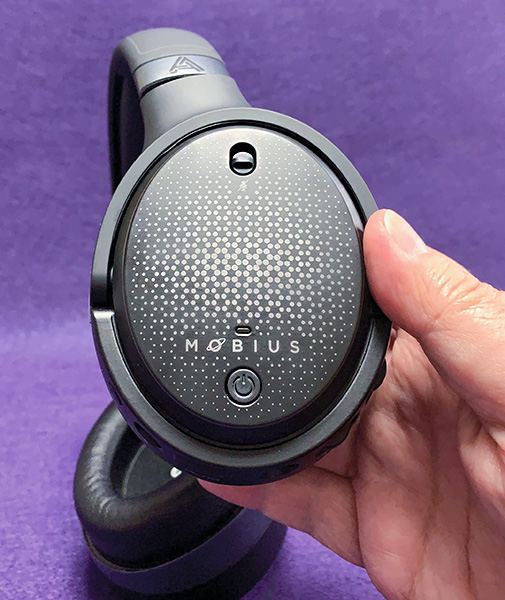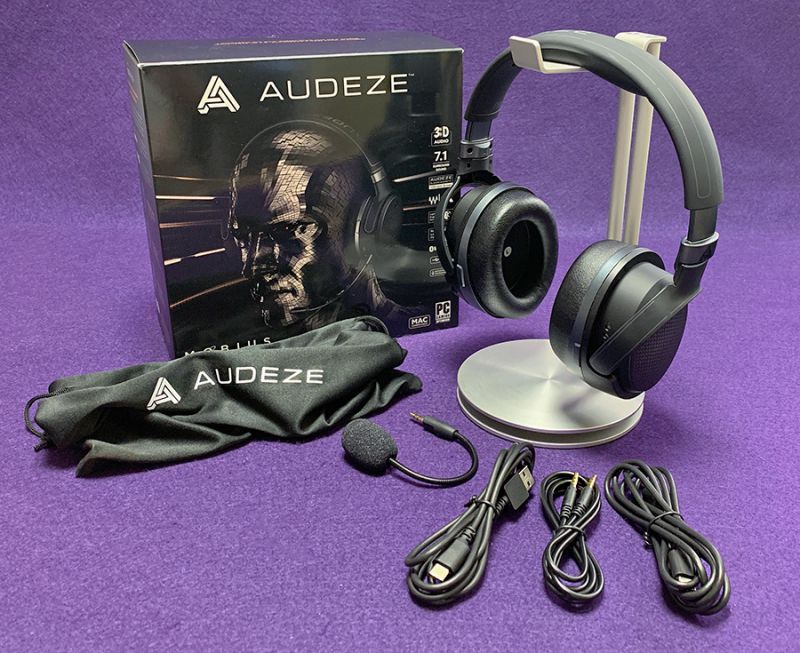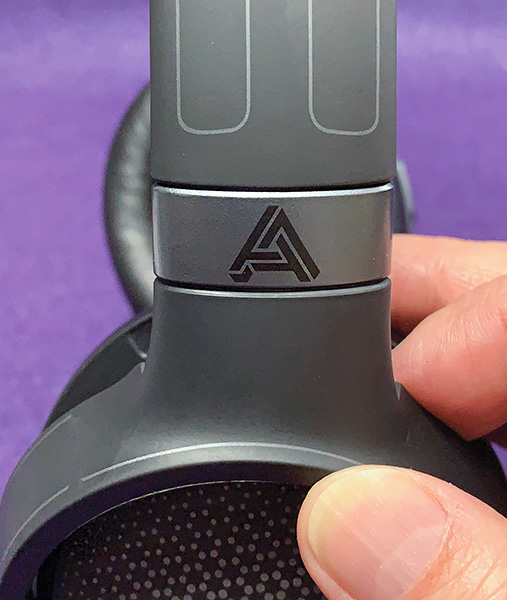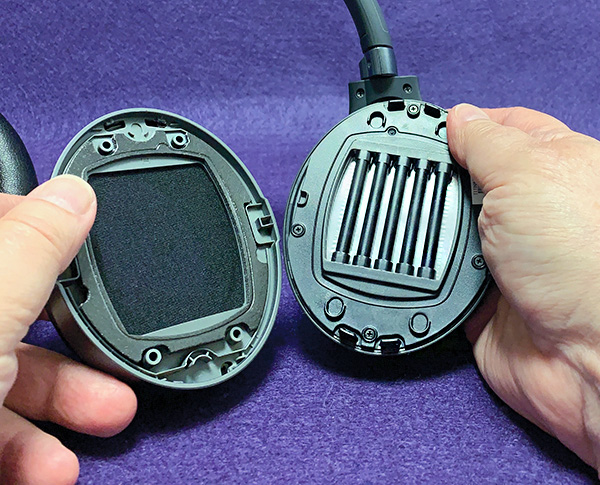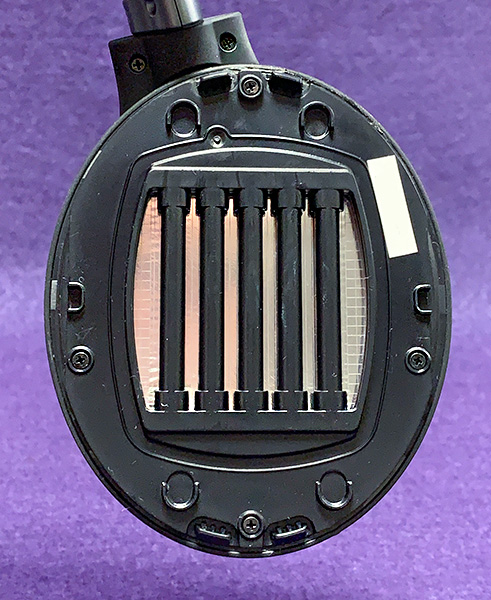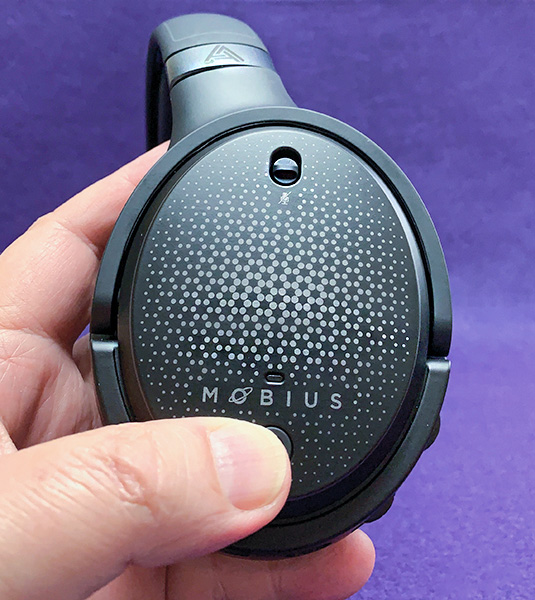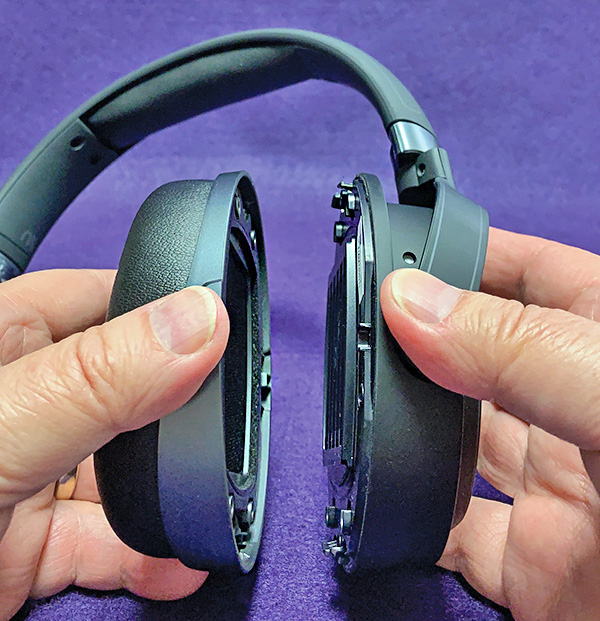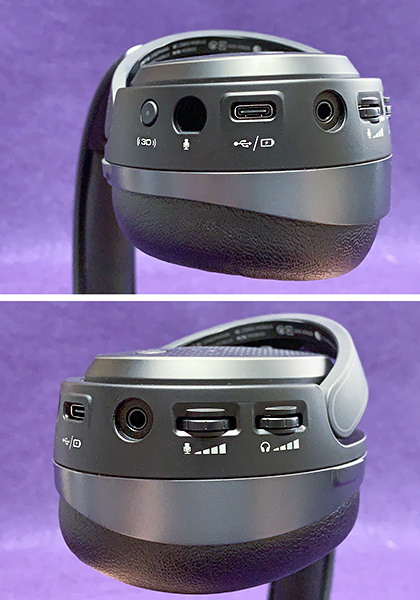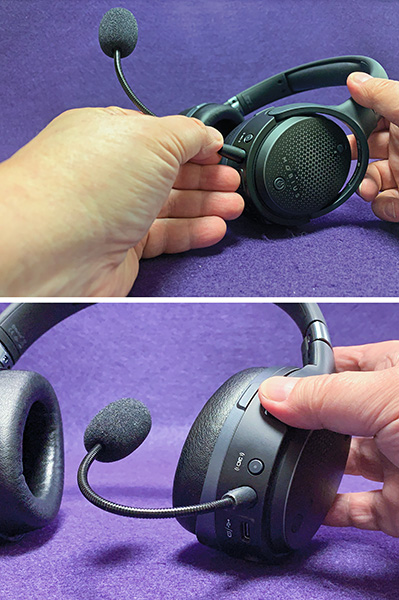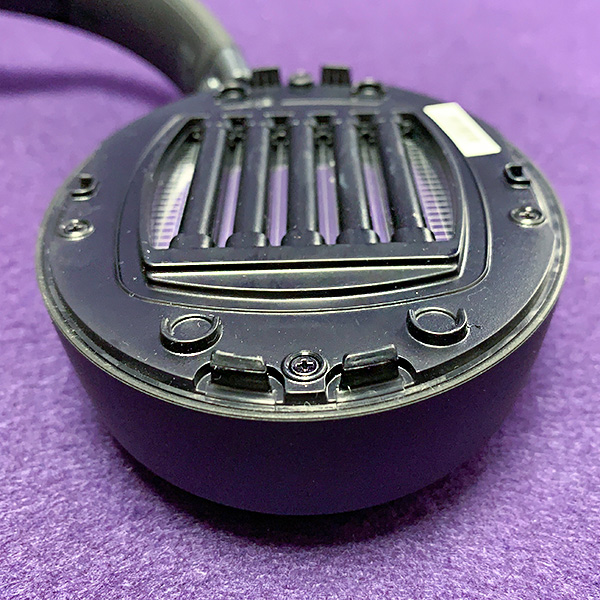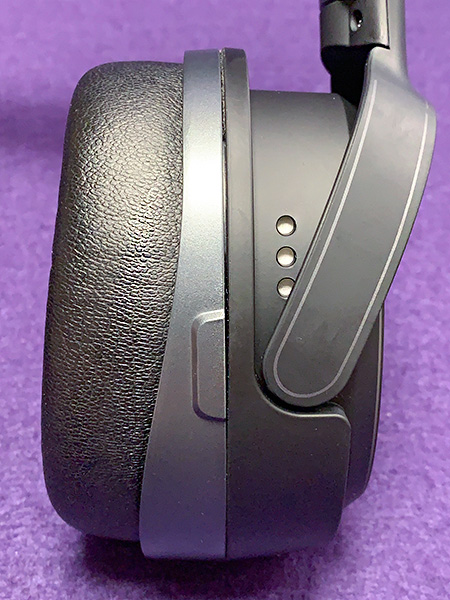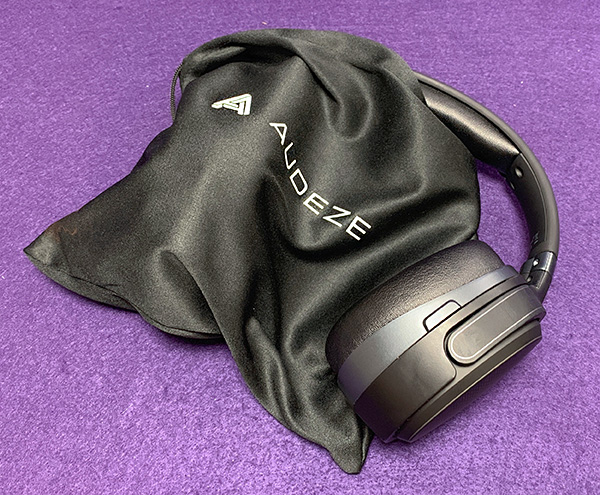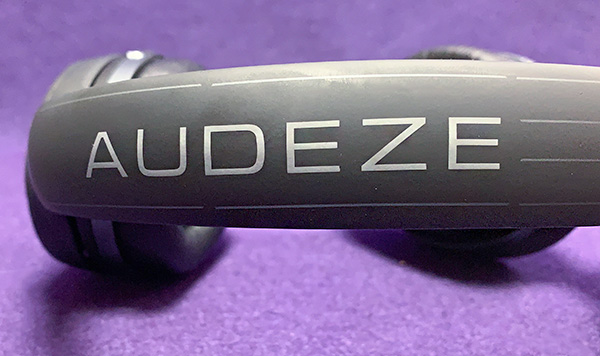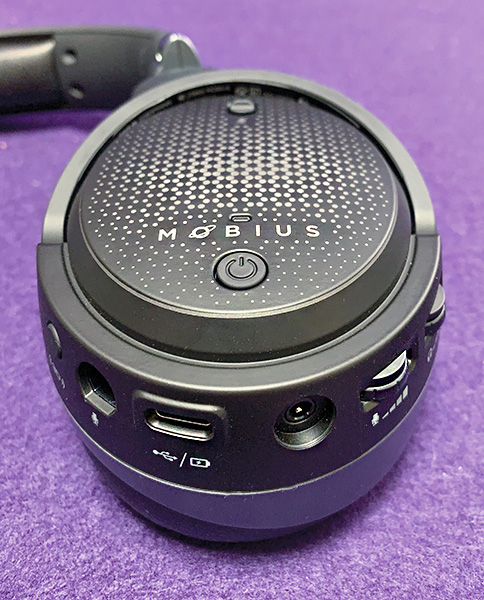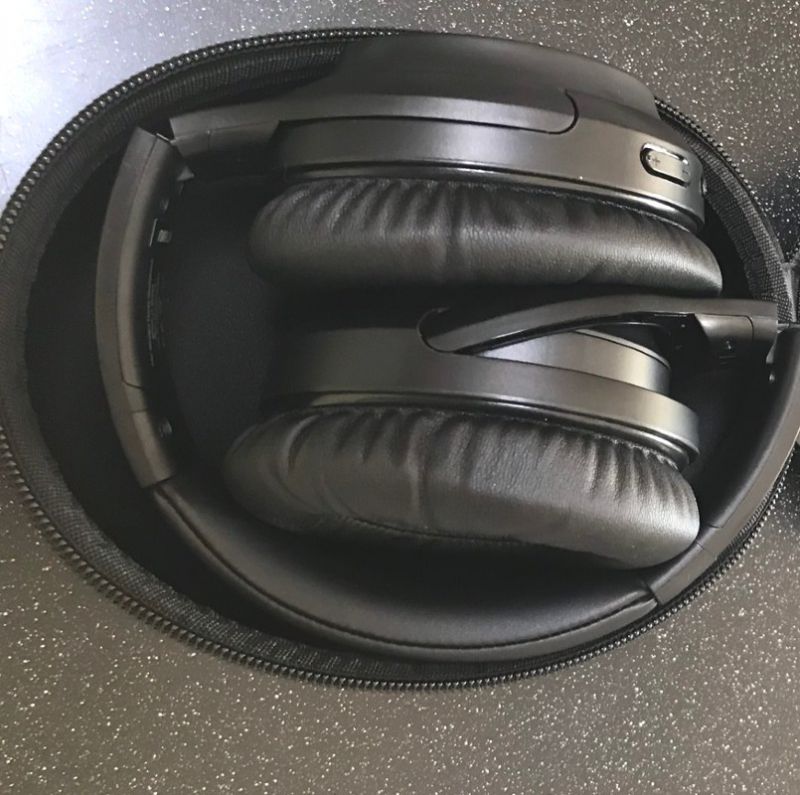
REVIEW – TaoTronics SoundSurge60 headphones have a comfortable design, Bluetooth connection and built-in microphone.
What is it?
These over-the-ear headphones come with noise-canceling capabilities and fold up nicely to fit inside their hard-shell carrying case.
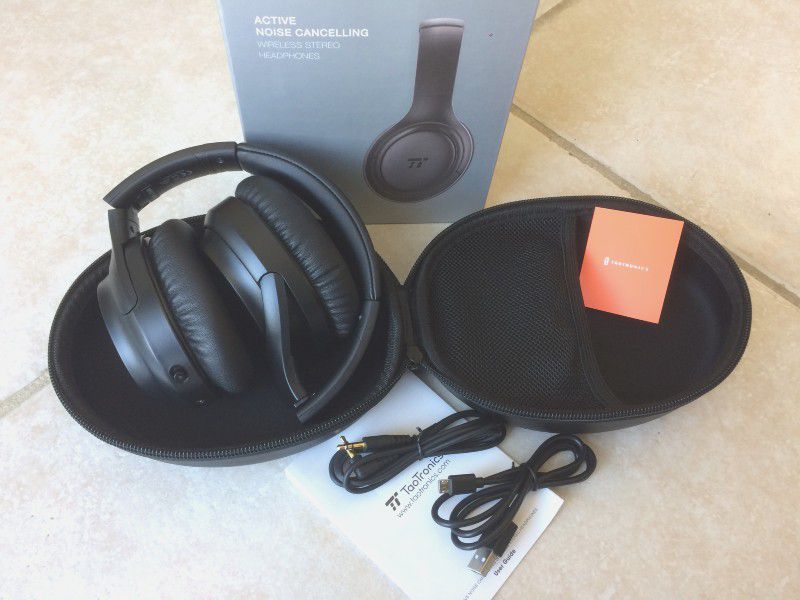
What’s in the box?
- Headphones
- Carrying case
- User guide
- 3.5mm audio cable
- Charging cable
Hardware specs
- Connection: Bluetooth 5.0 or 3.5 mm audio cable
- Playing time per full battery charge: 30 hours
- Charge time: 5 minutes for 2 hours of playing time
- Battery: 2 lithium metal batteries included
- Dimensions: 7.7 x 6.4 x 3.1 inches
- Item weight: 9.8 ounces
- Shipping weight: 1.15 pounds
- Model: TT-BH060
- ASIN: B07L5LPSQT
Design and features
Setup
Our headphones arrived charged and ready to use.
Pairing them with Bluetooth was quick and easy, almost as simple as plugging in the audio cable (which also came with it). Of course, the nice part of the Bluetooth connection was that it made them wire-free, certainly a bonus for anyone using them for exercising or gaming.
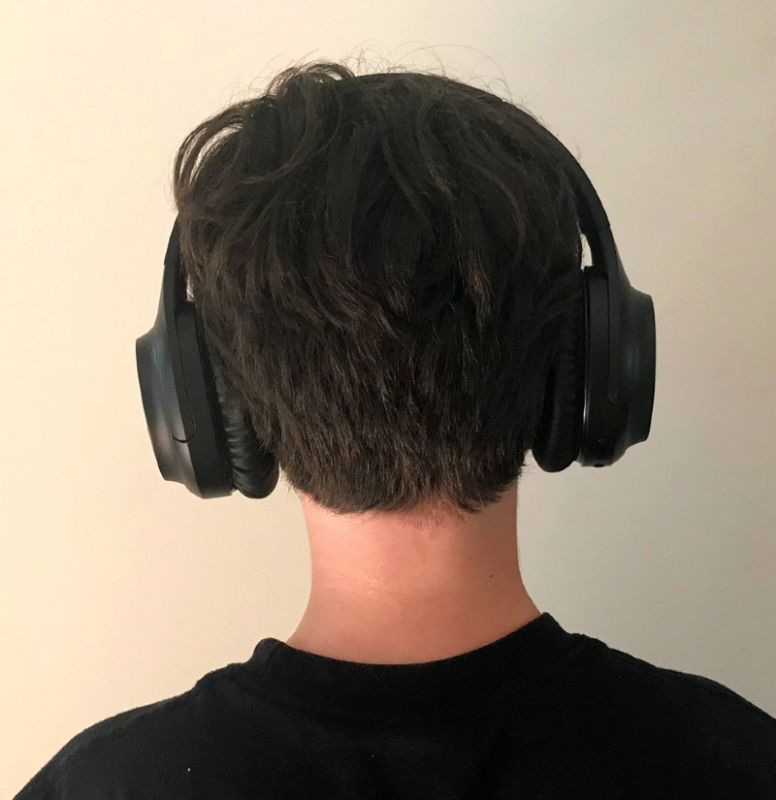
The headband is adjustable and fits everyone in my family, from my husband who has a larger-than-average noggin to my 11-year-old. We agreed that the over-ear cushioning was very comfortable, even cushy enough to sleep with them on during a long airplane ride or road trip.
The charging port is located on the left earpiece.
On the right earpiece are all of the other controls: The volume up/down toggle, the power button, the audio input jack and noise-canceling on/off switch.
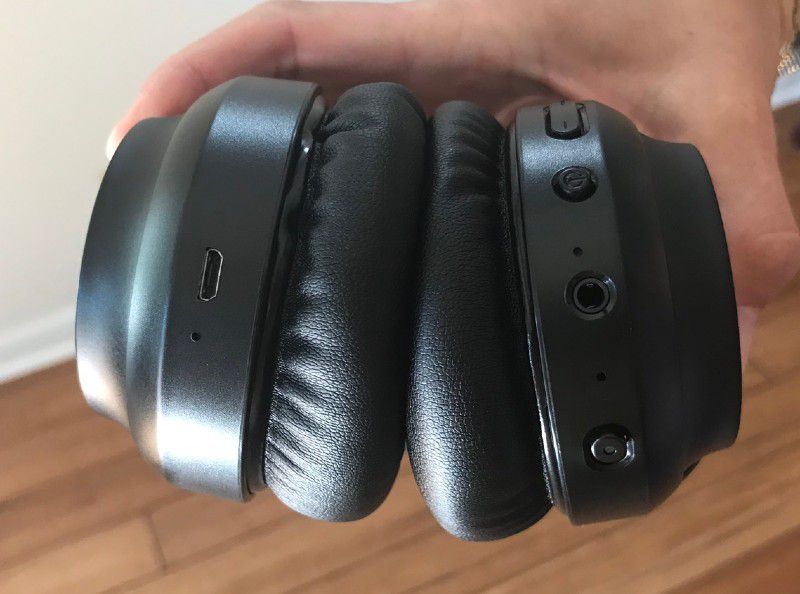
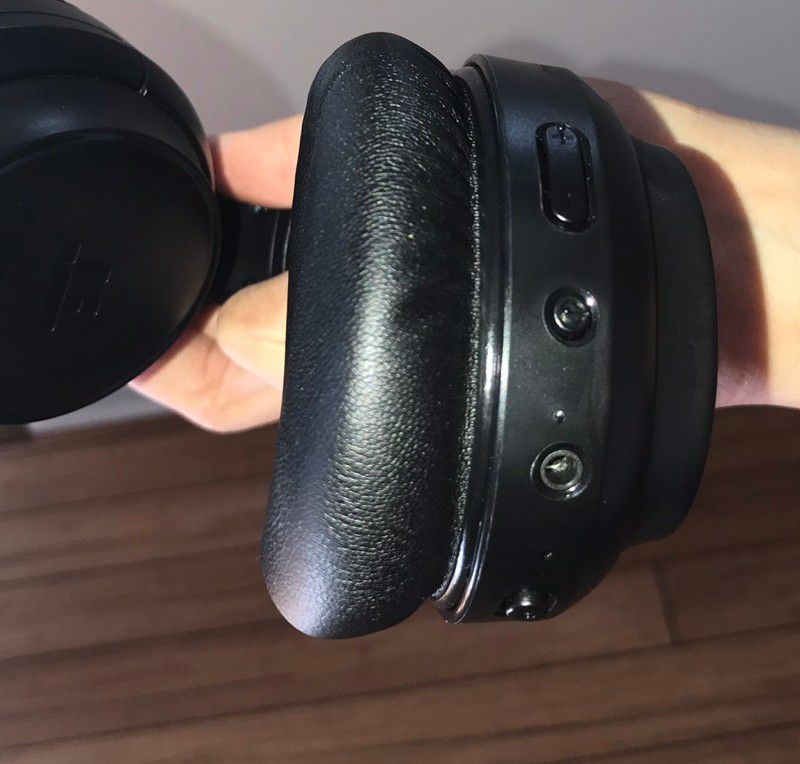
Performance
The overall sound quality was pretty good. They weren’t as striking or awe-inspiring as higher-end models, but for this price point, the sound was good. There wasn’t any static, and music quality was clear and consistent.
Similarly, the microphone was embedded into the design, and it was clearer and easier to hear than just using a phone or computer mic when we tested it on a Facetime call.
You can flick the switch for noise-canceling, which glows blue to let you know it’s on.
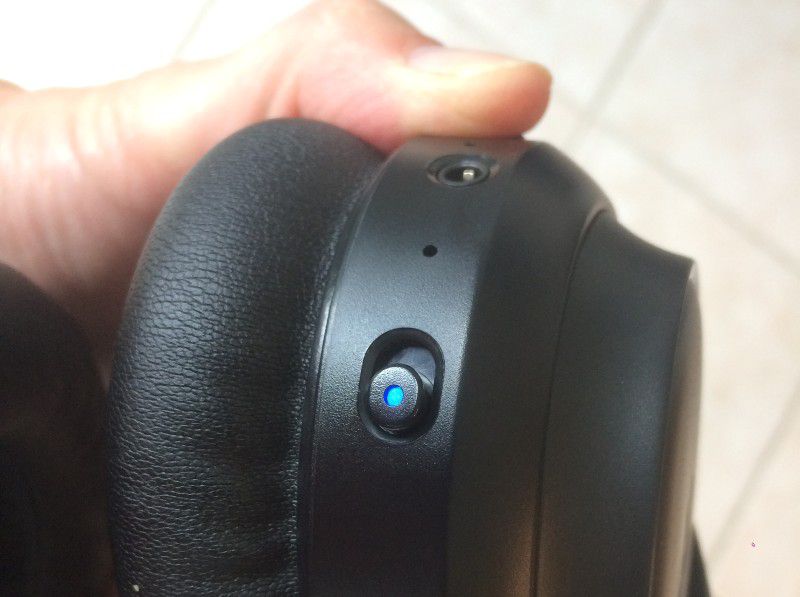
Again, it wasn’t 100 percent perfect. My son could still hear road noise while we were driving, though it certainly softened the sound and kind of felt like you were in a tunnel. However, if he turned his music up, the road noise was effectively canceled out.
Inside our house, it does a good job muffling but not completely eliminating household noises like the air conditioner, ceiling fan or water running. When my husband had music on, he couldn’t hear the ambient noise around him at all, but could still hear me clapping my hands behind him and our voices were audible but hushed.
There is some residual noise if you are standing next to someone wearing these headphones, so if your tunes are cranked up, the folks around you will hear some of it. Take note if you’re planning to travel with these!
Besides that minor issue, the headphones are a good choice for travel, work or school because they’re good quality yet aren’t so pricey that losing them would cost you hundreds of dollars.
Plus, they come with a zip-close, hardshell carrying case with a mesh compartment perfect for stashing your cords and chargers.
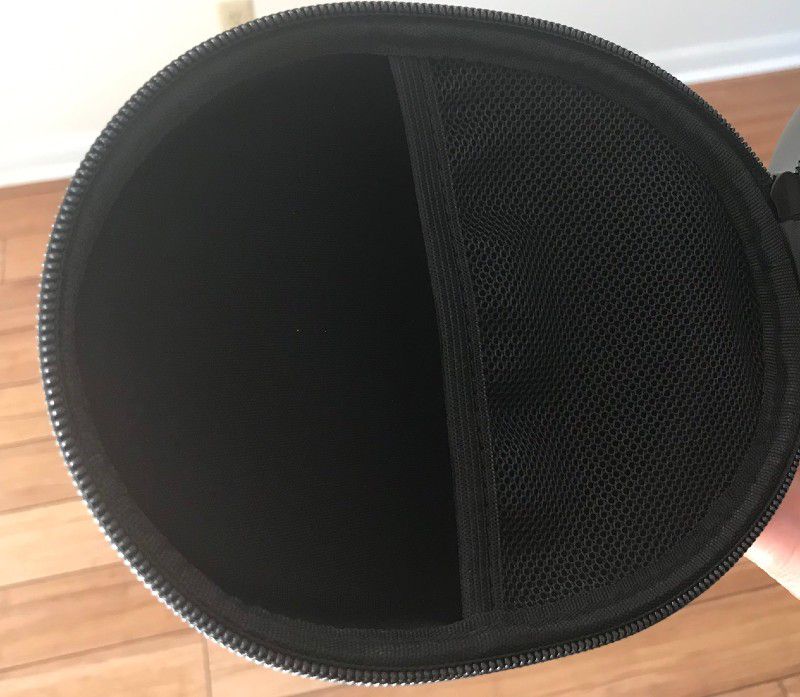
The battery life is amazing, which is another bonus for taking them on a road trip or even an overseas flight. We’ve been using the Surge 60 for weeks, among all four of my family members, and we’ve only had to recharge once. The website says these run for 30 hours per battery charge, and I believe it. They also say that 5 minutes of charging time gives you 2 hours of playing time, another great benefit for traveling, taking to class or work, or really for anyone who’s often on the go.
What I like
- Comfortable fit
- Long battery life
- Convenient, high quality carrying case
What I’d change
- More effective noise-proofing
Final thoughts
These are a solid pair of headphones, with decent noise-canceling and easy Bluetooth pairing.
Price: $69.99 ($5 off coupon available now on Amazon)
Where to buy: Amazon
Source: The sample of this product was provided by TaoTronics.
Filed in categories: Reviews
Tagged: Headphones
TaoTronics SoundSurge 60 active noise cancelling headphones review originally appeared on The Gadgeteer on August 20, 2019 at 11:00 am.
Note: If you are subscribed to this feed through FeedBurner, please switch to our native feed URL http://the-gadgeteer.com/feed/ in order to ensure continuous delivery.

